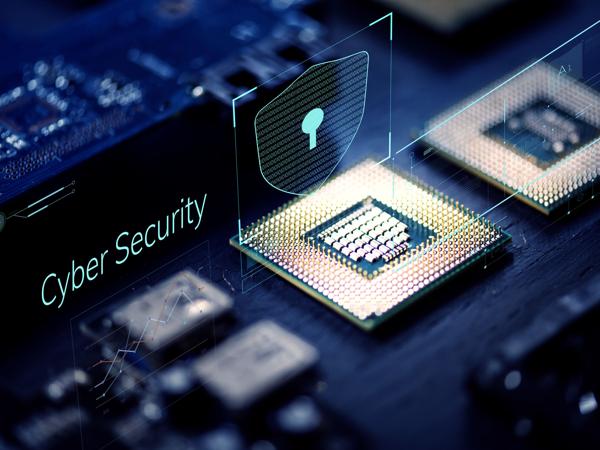In the past few years, the advent of connected cars has marked a significant milestone in the evolution of our transportation systems. These vehicles, which are equipped with internet access and a range of communication solutions, promise to revolutionize our driving experiences by offering unparalleled convenience and efficiency. However, as with any technology that relies on connectivity, the adoption of connected cars introduces new cybersecurity challenges.
Understanding Vehicle Connectivity
Vehicle connectivity is a broad term that encompasses a variety of technologies. At its core, it involves the integration of onboard networks with external systems, enabling communication inside and outside the vehicle. This connectivity can enhance vehicle diagnostics, provide real-time navigation updates, support entertainment systems, and even enable autonomous driving features. For a deeper dive into the specific technologies involved, see our page on Connected Car Technologies Explained.
One key aspect of Vehicle Connectivity is V2X, or Vehicle-to-Everything communication, which includes subcategories like V2V (Vehicle-to-Vehicle), V2I (Vehicle-to-Infrastructure), and V2C (Vehicle-to-Cloud), among others. These systems aim to improve safety, optimize traffic flow, and provide drivers with critical information.
Cybersecurity Concerns in Connected Cars
With increased connectivity, the potential for cyberattacks also rises. Here are some main concerns associated with cybersecurity in connected cars:
1. Unauthorized Access
Connected cars often store sensitive data, such as personal driver information and vehicle location. Unauthorized access to these systems can lead to significant privacy violations. Hackers could potentially unlock vehicles, track their locations, or alter diagnostic data.
2. Remote Control Risks
One of the more alarming possibilities is a hacker taking remote control of a car's systems. In 2015, cybersecurity researchers demonstrated that they could remotely control a Jeep Cherokee, adjusting its brakes and steering via a vulnerability in the vehicle's entertainment system (Greenberg, 2015). This example illustrates the potential severity of unsecured vehicle systems.
3. Software Vulnerabilities
Connected cars run on complex software that must be updated regularly. Software vulnerabilities, if exploited, can lead to severe malfunctions and pose risks to driver safety. Ensuring that software is regularly patched and maintained is crucial for safeguarding these systems.
Mitigating Cybersecurity Threats
While the challenges are daunting, several measures can help mitigate the cybersecurity threats associated with connected cars:
Regular Software Updates
Manufacturers should implement mechanisms for automatic or easy manual updates to keep vehicle systems secure. Just as our smartphones and computers receive regular updates, connected cars require similar attention, and this can be facilitated by utilizing Over-the-Air Updates in Cars.
Robust Authentication Mechanisms
Using multi-factor authentication can make it more challenging for unauthorized users to gain access to a vehicle's systems. This means combining passwords with biometric verifications or physical security tokens could enhance security.
Data Encryption
Encrypting data ensures that even if a hacker intercepts information between a car and another device, they cannot read it. This applies to all transmitted data, whether it's sent to another vehicle, infrastructure, or the cloud.
Industry Collaboration
Automobile manufacturers and technology companies can benefit from collaboration to address cybersecurity issues. Sharing knowledge and best practices could lead to more secure and resilient systems.
Looking to the Future
The landscape of vehicle cybersecurity is constantly evolving. As authorities and organizations establish comprehensive standards and regulations, the industry is likely to become better equipped to defend against cyber threats.
By remaining informed and proactive, both manufacturers and consumers can play a part in creating a more secure environment for connected transportation. The journey to achieving a fully secure connected car ecosystem is a collective effort and underscores the importance of technology in enhancing, not jeopardizing, a smart lifestyle.
References
- Greenberg, A. (2015, July 21). The Jeep Hackers Are Back To Prove Car Hacking Can Get Much Worse. Wired. Retrieved from Wired
In conclusion, while the integration of connectivity in vehicles presents challenges in terms of cybersecurity, it also offers opportunities for innovation and improvement. As we embrace these technological advancements, a cautious and informed approach will be our strongest ally.




